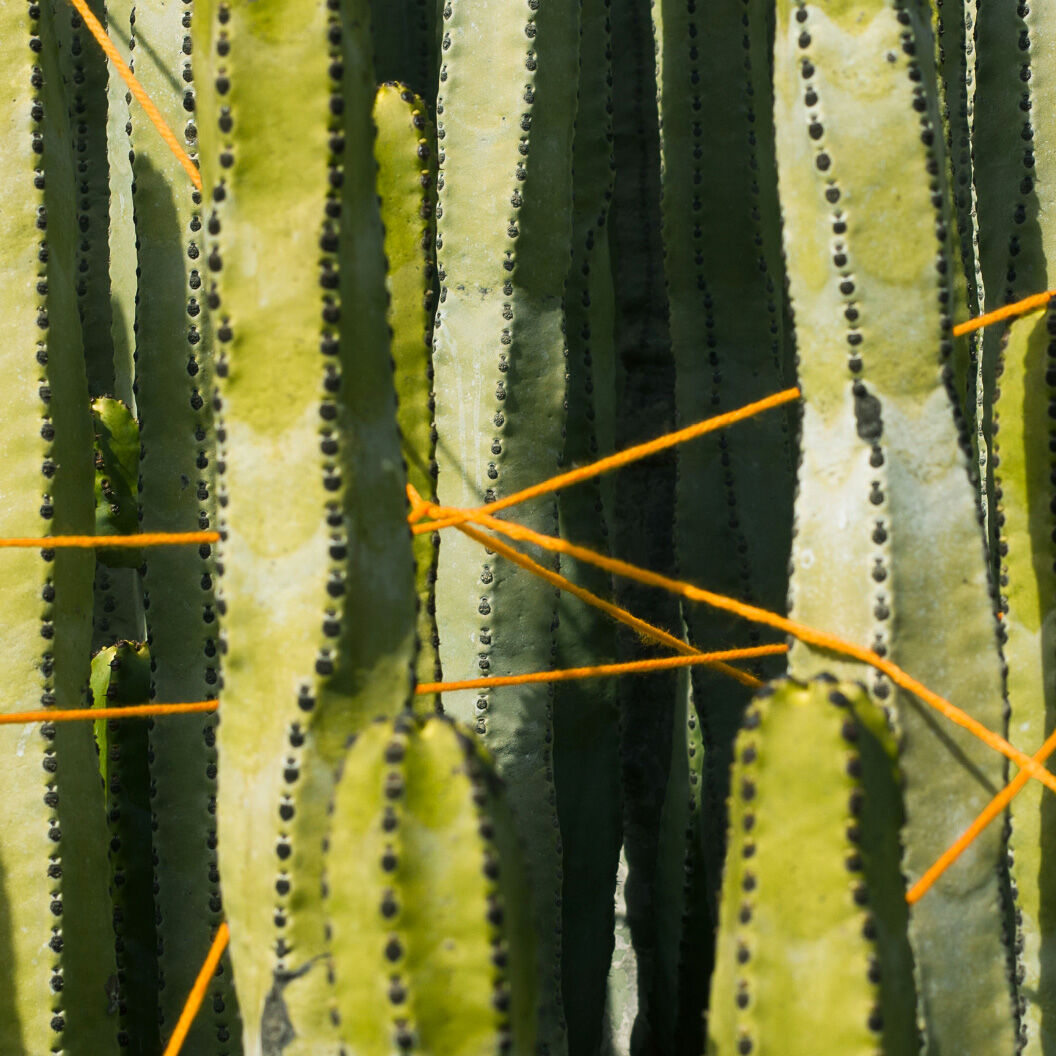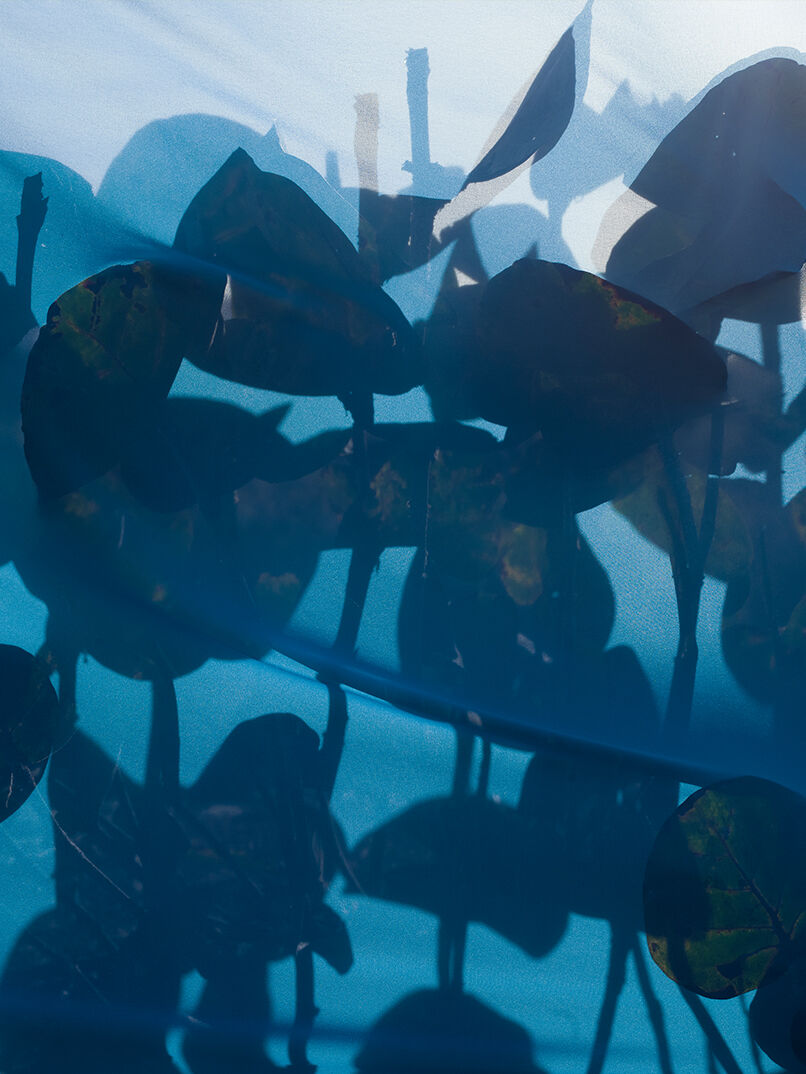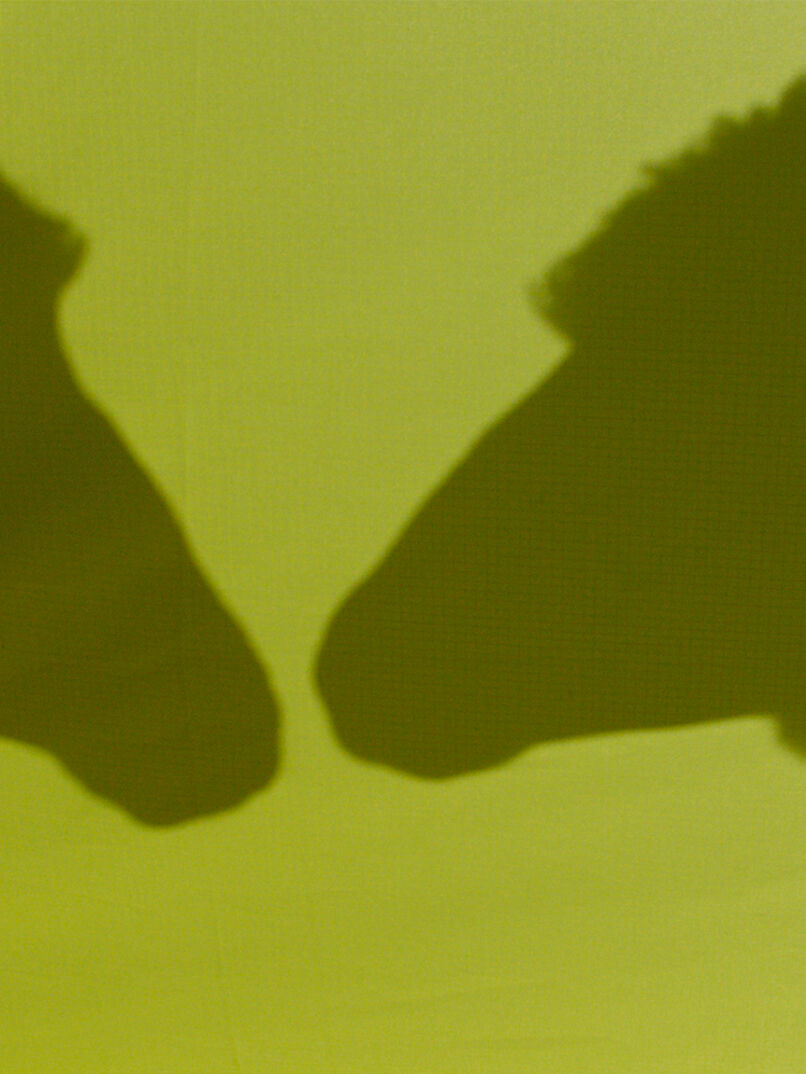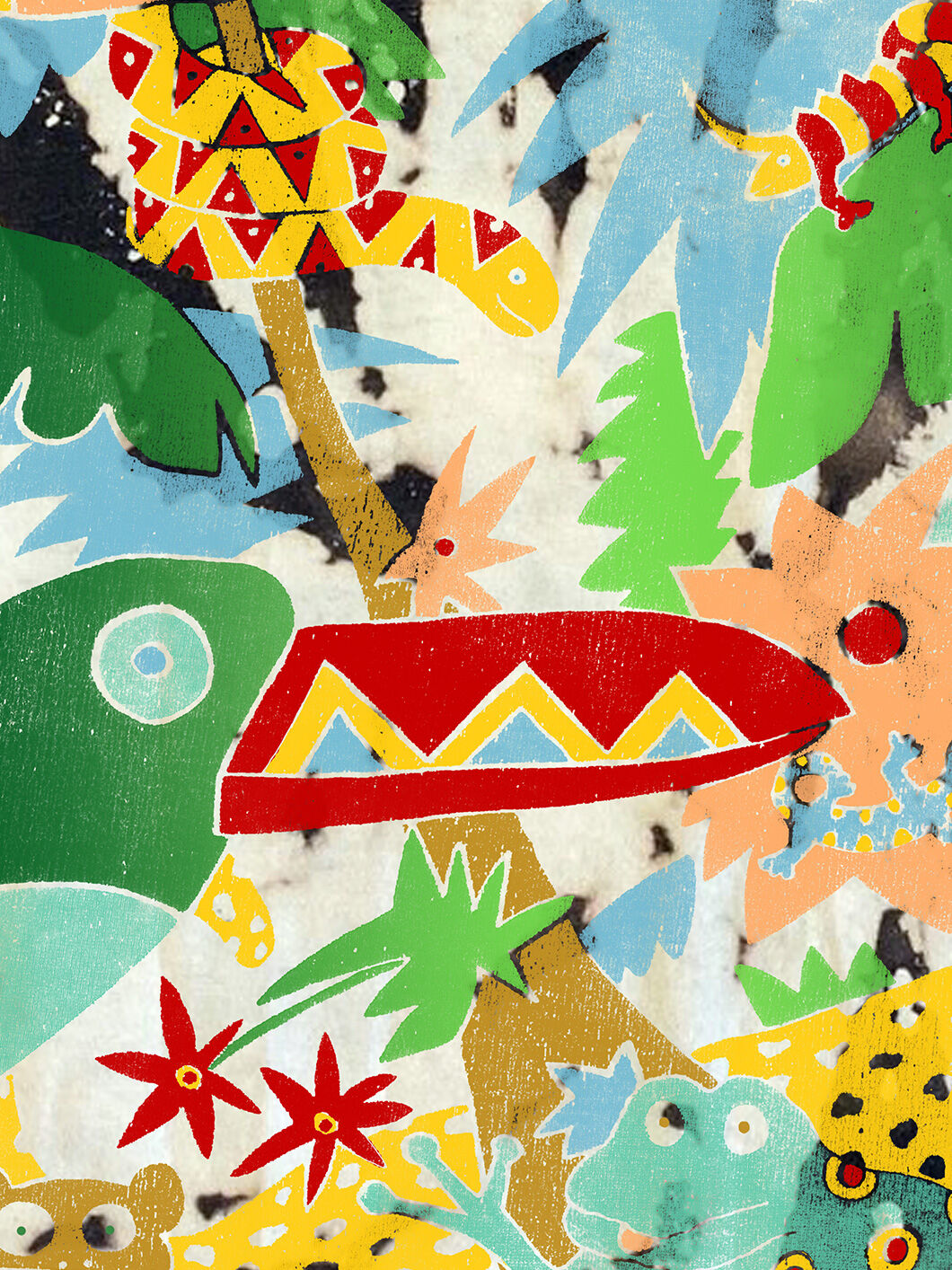Since 2016, we have only used recycled cashmere – redefining ‘waste.’
Our knitwear collections are made from certified recycled Re.Verso™ cashmere – offering the same soft, insulating qualities as virgin cashmere but with an environmental impact that’s seven times lower.
Cashmere’s environmental impact
It takes four goats to produce enough fibre to make a single cashmere sweater, whereas one sheep produces enough fibre to make five wool sweaters. This is why cashmere has traditionally been considered a luxury material, though today it is ubiquitous.
To meet the demand for accessible, affordable cashmere products, farmers have massively increased their herds – leading to the widespread desertification of the Mongolian grasslands. Around 70% of this once-verdant terrain has been damaged and overgrazed by the roughly 30 million cashmere goats there now. By comparison, there were only 2.3 million goats in Mongolia in 1994.
As goats graze, their hooves pierce the soil surface, which can prevent grass from regrowing. Additionally, they dig out and eat the plants themselves – all combining to create this high level of destruction.
In 2016, we stopped using virgin cashmere for this reason and instantly reduced our cashmere-related environmental impact by 92% (as calculated using the EP&L).
Reducing our environmental footprint
In 2014, our use of cashmere accounted for 28% of our total environmental impact – despite making up only 0.1% of our material usage. By 2016 we reduced this to 11% of our total impact, despite increasing our use of cashmere, by eliminating virgin cashmere.
Our overall cashmere usage was 34% higher in 2016 compared to 2015, but the total related environmental impact lowered by almost 20%. Since switching to recycled cashmere, the impacts in our total footprint are negligible.
Innovating to improve our impact
As part of our commitment to making the fashion industry circular, we use Re.Verso™ – recycled cashmere made from post-factory cashmere waste in Italy. By creating beautiful, luxurious clothing from this re-engineered material, we are redefining waste and showing a different system is possible.
How is our recycled cashmere made?
Cashmere waste is sorted by hand, using a skilled touch to identify the difference between a variety of fibres. As most Re.Verso™ yarns are not redyed, the materials are sorted by colour and fibre before being sent for testing to ensure their content and chemical safety. Re.Verso™ is also GRS (Global Recycling Standard) certified – guaranteeing that every recycling step is traceable and verified.
We use organic cotton to create products in ways that enrich the environment.
Synthetic materials can –and should– be recycled and come from recycled sources.
We source from farms committed to animal welfare and environmental stewardship, where possible.
Our paper and packaging come from recycled and certified sustainable sources.
We consider our environmental footprint at every point of our design process, even after our products have been sold.
We are exclusively releasing two t-shirts and two sweatshirts supporting Greenpeace’s campaign to stop deforestation.





















